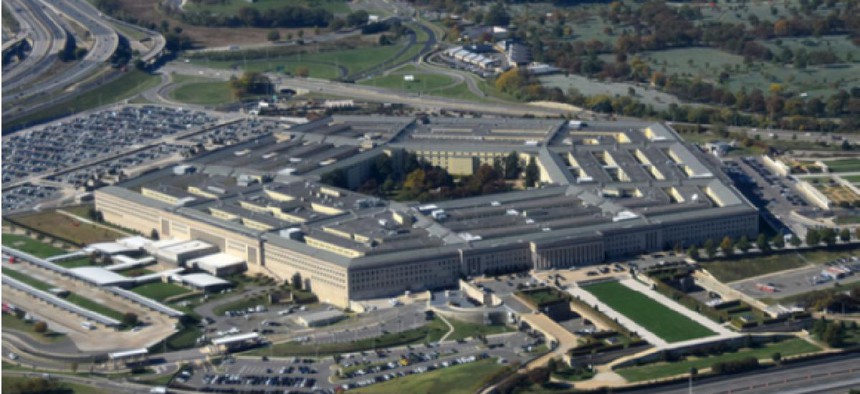What DOD's data scientists are discovering
Recruiting top analytical talent into government is tough, the Pentagon's top management officer says, but the payoffs can be big.
As the de facto chief management officer at the Department of Defense, Lisa Hershman, is all about the data. Hershman, who is officially the deputy CMO and has been nominated for the top job, said her biggest challenge is not getting the data -- DOD has that in spades -- but in deciding what measurements matter.
To do that, Hershman said at FCW's Oct. 10 IT Modernization Summit, she needs more data scientists. There are now nine of those highly sought-after specialists on the team. she said, "and we hired them specifically with backgrounds that would align with our major lines of effort for our reform."
Recruiting that talent into government wasn't easy, she said. For starters, "there was not a single position description in all of government for data scientists," Hershman said. "Some of our position descriptions for IT professionals were last updated in 1984."
"The toughest thing is pay," Hershman continued. "It's difficult to be able to compete." But she found that the sheer scale of DOD's challenges were an effective selling point.
"If you are in the middle of your career and you're looking for one of the biggest, hairiest projects to work on, come to DOD," she said. "And while that may seem funny, a lot of [the prospective recruits] were intrigued by that ... to take it to a greater scale."
The early findings from these new hires have been informative, Hershman said.
"What was so eye-opening to me when it came to IT systems was what we had out there," she said. "We have over 48,000 applications. We have 355 cloud initiatives, over 2,500 data centers." There are nearly 2.6 million endpoints, she said, along with 1,853 business systems and "519,228 routers, switches and devices that we need to manage."
Those inventories, she explained, have forced DOD leaders to face "the breadth of what we're challenged with." Every strategic conversation now includes cybersecurity and IT modernization, she said: "IT Is on the forefront. And I will tell you, it's from an end-to-end perspective."
Hershman also said this clearer picture is enabling her team to look to the private sector for related benchmarks and best practices. When it comes to all those routers and switches, for example, she said industry standards suggest DOD can bring that number down from 519,228 to fewer than 57,000.
That's "much more manageable," she said. "These are the kinds of things that at least give us a target [for] what's doable."
This article first appeared on FCW, a partner site of Defense Systems.
NEXT STORY: NSA chief drills in on new cyber directorate





